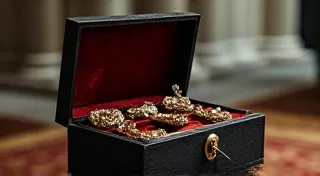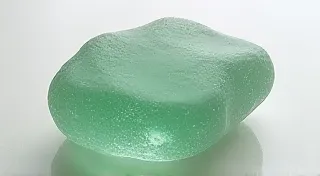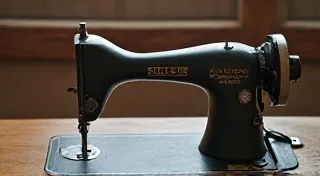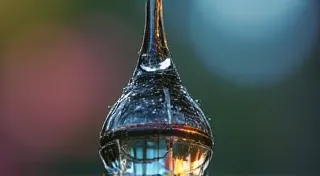The Cartography of Closure: How Button Designs Marked Migration and Memory
There’s a peculiar intimacy in holding a vintage button. More than just fasteners, these small discs are tiny echoes of lives lived, journeys taken, and stories woven into the fabric of history. They represent a time when craftsmanship wasn't sacrificed at the altar of mass production, and when details, even seemingly insignificant ones, held profound meaning. As collectors, we’re not just accumulating objects; we’re inheriting fragments of the past, whispers carried across oceans and continents.
My own fascination with vintage buttons began, surprisingly, with my grandmother’s accordion. It wasn’t the music that initially captivated me, though the bellows sighing out melancholic Polish melodies was enchanting. It was the buttons themselves. Tiny, ivory-colored discs, each meticulously placed to control the intricate dance of keys and reeds. They were worn smooth by years of use, their slightly faded markings hinting at countless performances in cramped apartments and bustling immigrant halls. I realized then that these buttons weren’t just functional; they were symbols – testaments to a life rebuilt, a culture preserved, and a heritage passed down.
The Language of Material: From Glass to Metal
The story of vintage buttons is inextricably linked to the history of migration. Consider the Irish Potato Famine, the Italian diaspora, the waves of Eastern European immigrants flooding into North America and Europe – each migration brought not only hopes and dreams, but also the tangible belongings that defined a sense of home. Buttons, often overlooked, provide a remarkably detailed record of these movements.
Early buttons, prevalent in the 18th and 19th centuries, were frequently made from natural materials: bone, horn, shell, and glass. These materials, readily available in many regions, became identifiers of origin. German immigrants arriving in America often clutched onto buttons crafted from Baltic amber – a precious commodity often passed down through generations. These weren’t simply fasteners; they were portable pieces of their homeland. The availability, or lack thereof, of certain materials influenced designs. In areas lacking metalworking resources, glass buttons became particularly common, showcasing vibrant colors and intricate patterns. Think of the bright, hand-painted glass buttons found in many early immigrant clothing – a splash of color in a new and often challenging world.

As industrialization took hold, metal buttons – brass, steel, and eventually aluminum – became more common, reflecting the changing economic landscape and the rise of mass production. However, the designs often retained echoes of earlier traditions. German metal buttons, for example, frequently featured motifs of oak leaves and eagles, symbols of national pride. Italian buttons might display images of the Coliseum or other iconic landmarks.
The Rise of the Novelty Button: Remembering Home
The late 19th and early 20th centuries witnessed a surge in "novelty buttons" – buttons featuring unusual shapes, elaborate designs, and often, overtly sentimental imagery. For immigrant communities, these buttons took on a unique significance. They served as reminders of the people, places, and traditions left behind. Buttons featuring portraits of beloved family members, images of ancestral villages, or depictions of national symbols were treasured possessions, often sewn onto cherished garments or kept as mementos.
My research has revealed a fascinating trend: buttons depicting flags or national symbols weren’t always about patriotic fervor. Often, they were a way for immigrants to maintain a sense of identity in a new and often unwelcoming environment. They were tangible representations of a shared heritage, a silent affirmation of belonging. A single button, tucked away in a box of old clothes, can be a powerful link to a past that might otherwise be lost.
Consider the "Cameo" style buttons that became particularly popular among Italian and German communities. These buttons, often depicting religious figures or idealized landscapes, represented a longing for spiritual solace and a romanticized view of the homeland. They embodied the desire to hold onto faith and tradition in the face of cultural displacement.
The Craftsmanship of an Era
Examining vintage buttons isn't just about identifying their origins; it’s about appreciating the craftsmanship that went into their creation. Early buttons were often hand-painted, hand-stamped, or even individually carved. The imperfections – the slight variations in color, the subtle irregularities in shape – are not flaws; they are hallmarks of a time when human hands were central to the manufacturing process.
Restoring vintage buttons is a delicate art. Harsh chemicals can damage the original finishes and diminish their value. Gentle cleaning with mild soap and water is often the best approach. For damaged buttons, professional restoration is often the best option. The goal isn't to erase the signs of age; it's to stabilize the button and preserve its integrity.
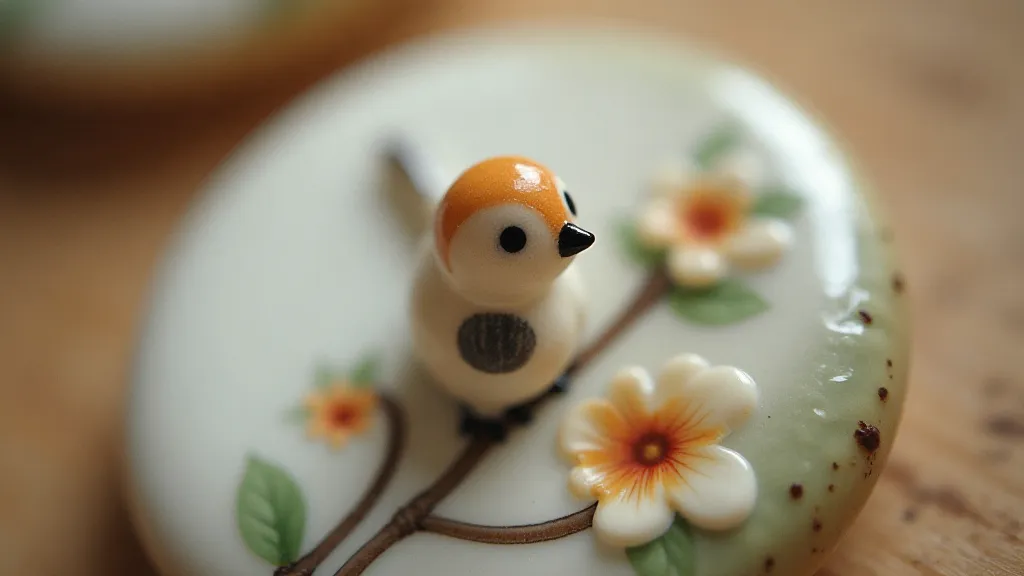
The materials used in vintage buttons also tell a story about the evolution of technology and manufacturing techniques. Early steel buttons were often less durable than later, more refined versions. The shift from horn to celluloid to plastic buttons reflects the changing availability of materials and the pursuit of cheaper and more efficient production methods.
Preserving Memories, Stitch by Stitch
Collecting vintage buttons isn’t simply about accumulating objects; it’s about piecing together fragments of a larger narrative—a narrative of migration, memory, and cultural identity. Each button represents a life lived, a journey undertaken, and a heritage preserved. They are tiny, tangible links to the past, offering a unique window into the experiences of those who came before us.
When you hold a vintage button, imagine the hands that made it, the clothes it adorned, and the stories it witnessed. Think of the immigrant who clutched it as a symbol of hope and resilience, the grandmother who cherished it as a reminder of her homeland. These buttons are not just fasteners; they are echoes of a past that continues to resonate in the present.
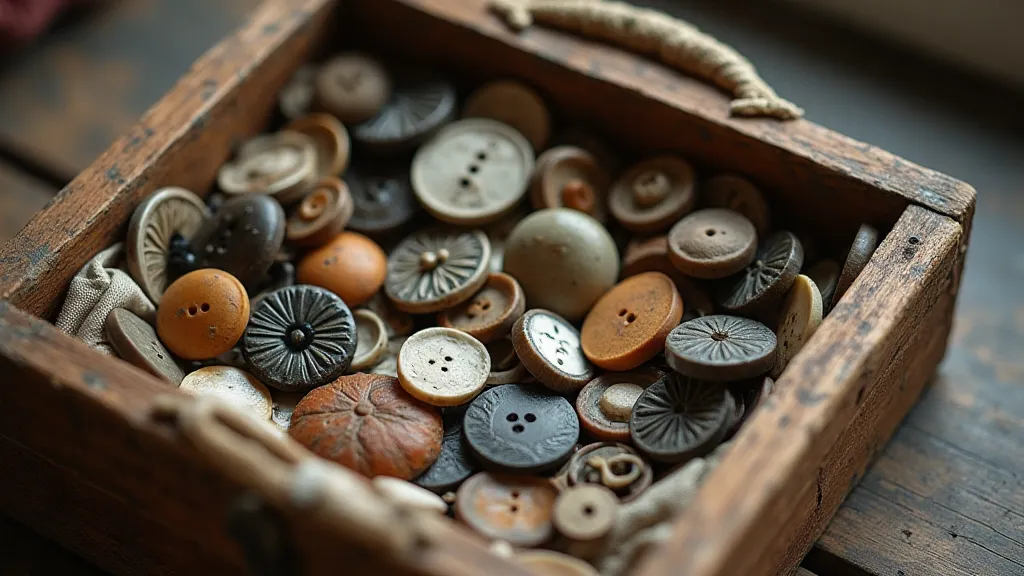
And as we, the collectors, continue to search for and preserve these small treasures, we become stewards of their stories, ensuring that the cartography of closure – the map of memories etched onto these tiny discs – continues to be read and understood for generations to come.
